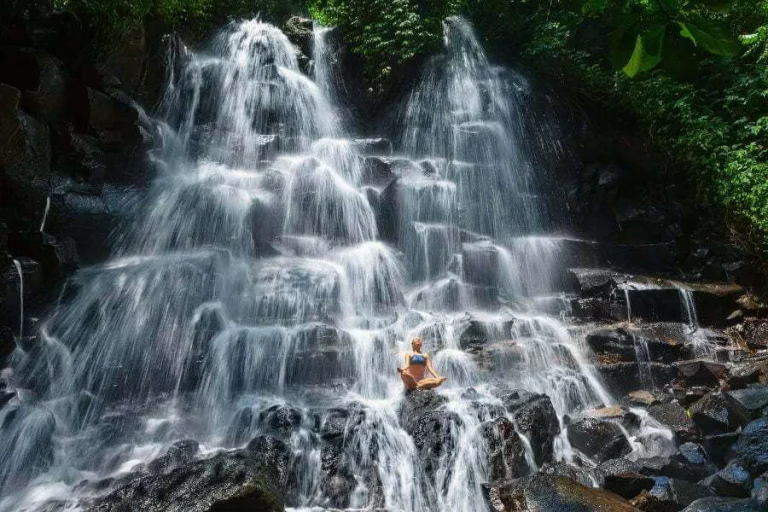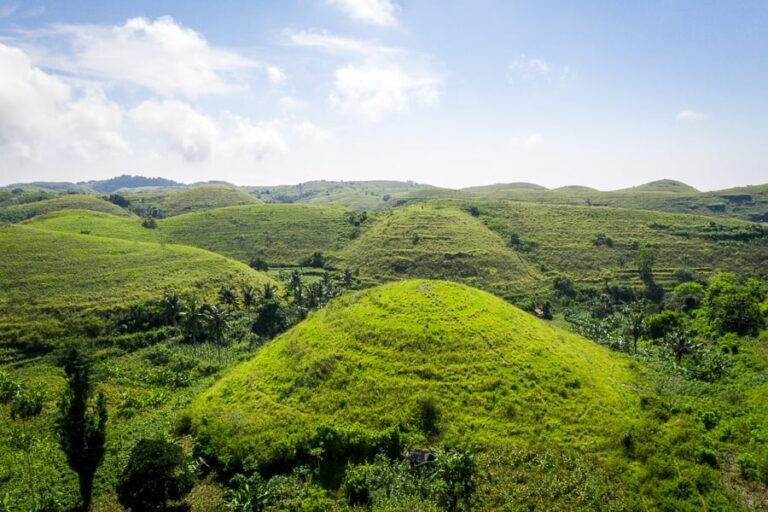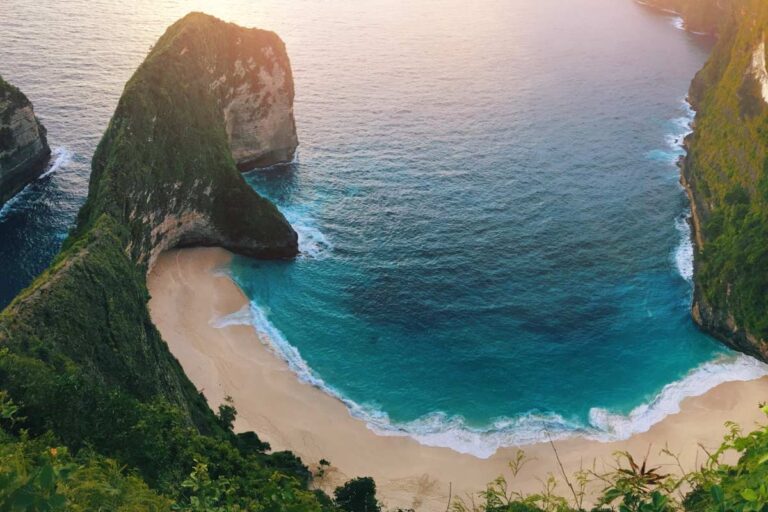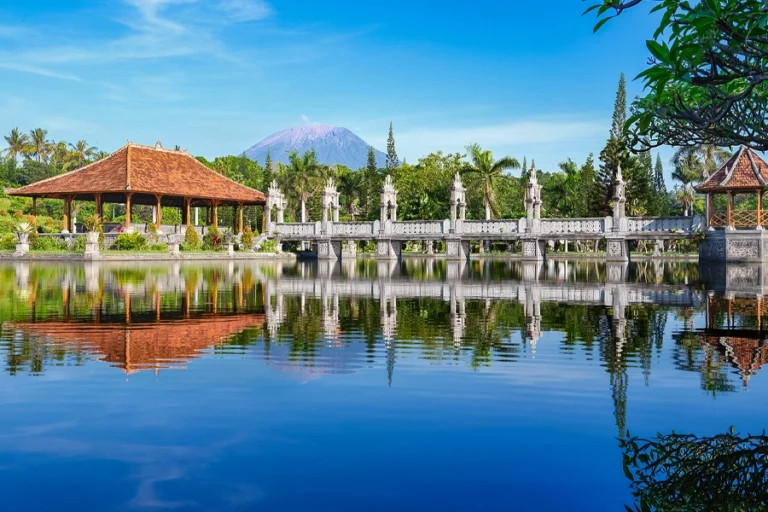
If you’re seeking a holiday that feels worlds away from the hustle and bustle of South Bali’s Kuta and Seminyak, head north to the tranquil shores of Lovina Beach. This peaceful stretch of coastline is the perfect antidote to the often-crowded southern beaches. With calm waters, black volcanic sands, breathtaking sunsets, and a relaxed vibe, Lovina offers a refreshing alternative for those looking to slow down and soak in authentic Bali.
Where is Lovina Beach?
Located approximately 9 km west of Singaraja—the capital of Buleleng Regency—Lovina Beach faces the Bali Sea, offering a serene setting ideal for reflection and quiet enjoyment. It’s often included in northern Bali tour itineraries and serves as a wonderful stopover or destination in itself.
The name Lovina refers to a stretch of over 8 kilometers of coastline that spans several coastal villages: Kaliasem, Kalibukbuk, Anturan, and Tukad Mungga. The central hub is Kalibukbuk, which is home to most of Lovina’s tourism infrastructure including accommodation, restaurants, and beach activities.
What Makes Lovina Special?
Unlike the white sandy beaches found elsewhere in Bali, Lovina’s black and grey volcanic sands set it apart visually. The calm waters are ideal for swimming and snorkeling, with thriving marine life waiting just below the surface.
But the main draw of Lovina lies offshore—dolphin watching. Every morning, colorful traditional boats called jukung set off at sunrise in search of wild dolphins, most commonly spinner dolphins (Stenella longirostris). These playful creatures breach the surface without warning, so have your camera ready. The best time to see them is outside of the rainy season, particularly avoiding February to April (around Chinese Lunar New Year), when sea conditions are rougher.
Nearby Attractions
Banjar Hot Springs: Just a short drive from Lovina, these natural thermal springs offer warm, sulfur-rich waters believed to have healing properties. Dragon-head spouts pour the water into several pools—perfect for a soothing soak.
Brahma Vihara Arama: This is Bali’s largest Buddhist temple, known for its peaceful setting and beautiful architecture, including a miniature replica of Borobudur. It’s a tranquil spiritual site with views over the northern coastline.
A Bit of Lovina History
The name “Lovina” is said to be a fusion of the English word “Love” and the Balinese word “Ina,” meaning “mother”—symbolizing “Love for the Motherland.” Interestingly, it was once banned for being considered “too foreign,” leading businesses to use alternatives like Krisna, Nirwana, or Angsoka.
The story of Lovina as a tourist destination begins in the early 1950s with Anak Agung Pandji Tisna, the last king of Buleleng. He was captivated by the beauty of the coast and built a simple retreat with a restaurant and three guest rooms. When it opened in 1953 under the name “Lovina,” it became the first guesthouse in the area—frequented by friends, dignitaries, and Singaraja’s upper class.
How to Get to Lovina Beach
By Car: The easiest and most scenic way is by private car with a driver. From Kuta or Seminyak, the drive takes about 3 to 3.5 hours, depending on traffic. Along the way, you can stop at places like Ulun Danu Beratan Temple, Munduk Rice Terraces, or the Twin Lakes Viewpoint for an unforgettable road trip through Bali’s highlands.
By Bus: Buses connect Lovina to many parts of Bali, though they can be slow and less comfortable. If you have time and are looking for a budget option, this is a possibility.





